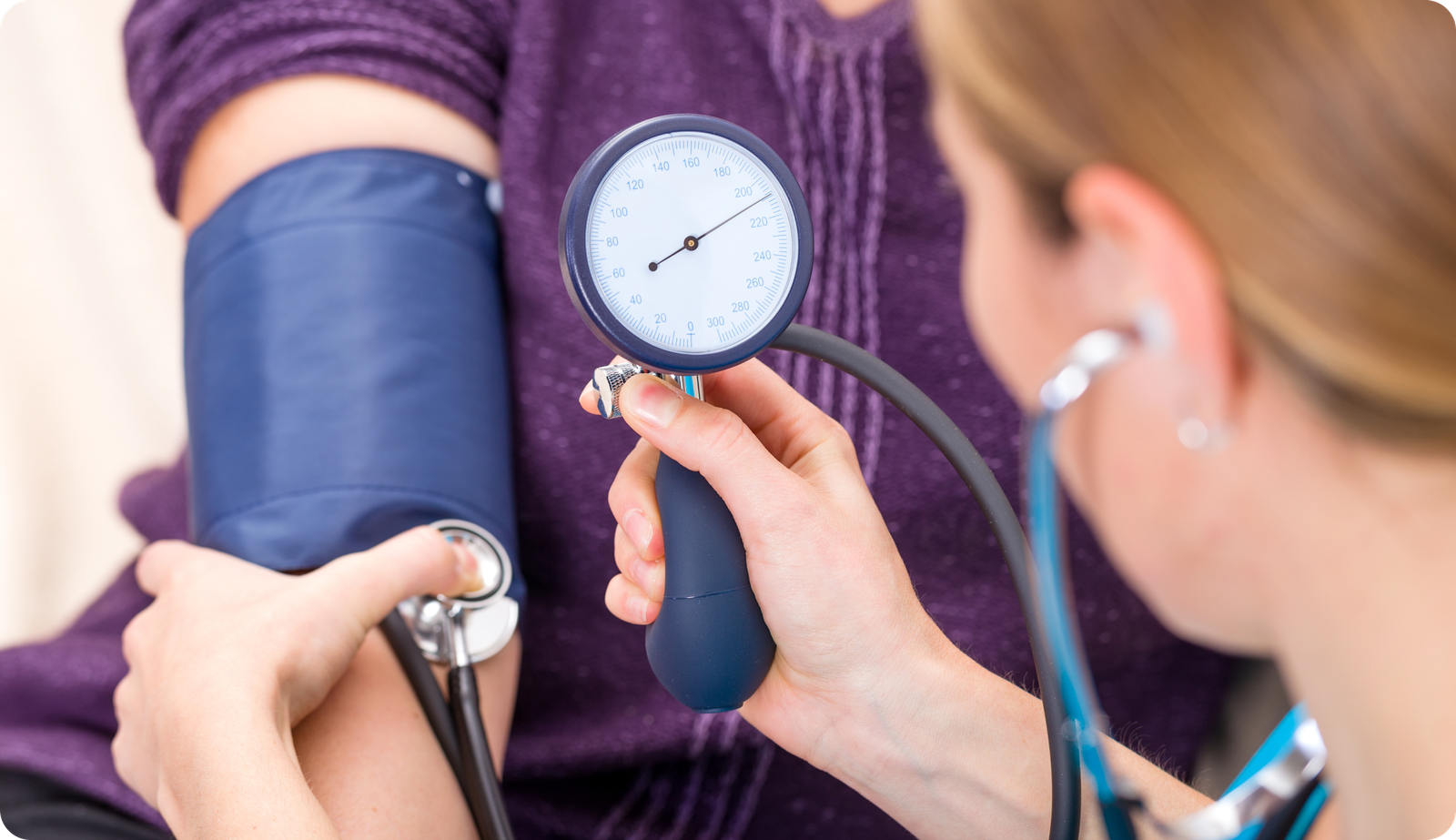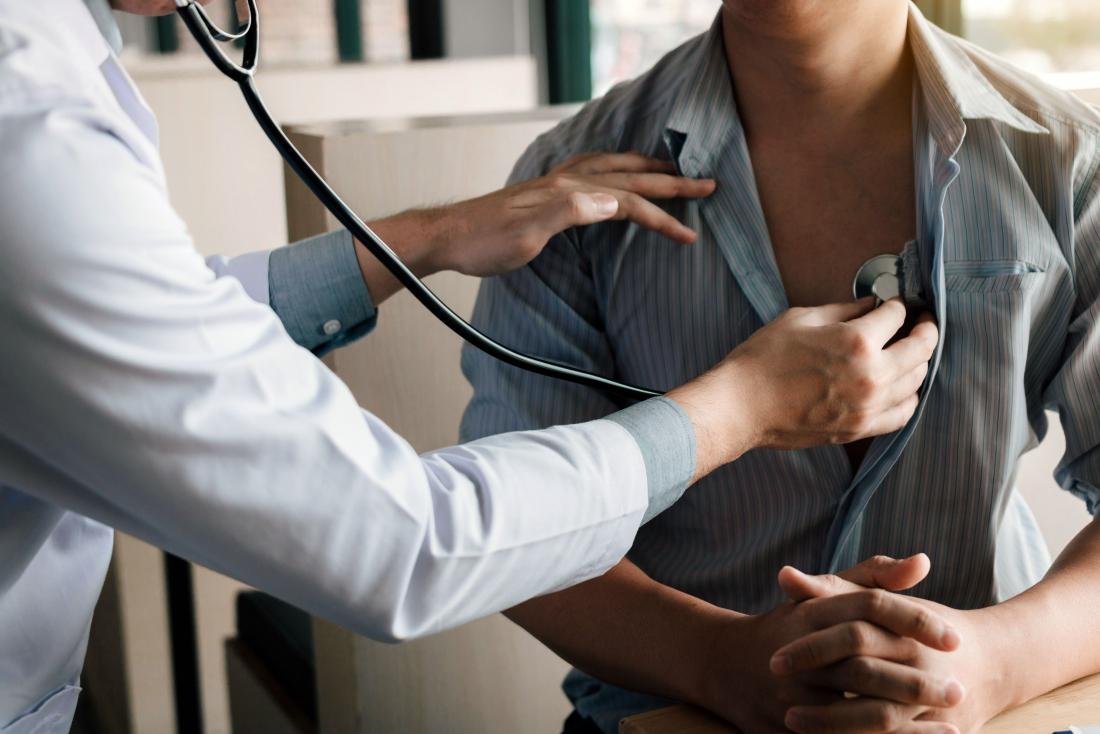Medical physical examination – Health of the children has been considered as the vital importance to all societies because children are the basic resource for the future of humankind. Nursing care of children is concerned for both the health of the children and for the illnesses that affect their growth and development. The increasing complexity of medical and nursing science has created a need for special area of child care, i.e. pediatric nursing.
Pediatric nursing is the specialized area of nursing practice concerning the care of children during wellness and illness. It includes preventive, promotive, curative and rehabilitative care of children. It emphasizes on all round development of body, mind and spirit of the growing individual. Thus, pediatric nursing involves in giving assistance, care and support to the growing and developing children to achieve their individual potential for functioning with fullest capacity.
medical physical examination

Points to Be Noted in General Examination
1. Appearance
2. Built
3. Nutrition
4. Facies
5. Anemia
6. Cyanosis
7. Jaundice
8. Oedema
9. Dehydration
10. Clubbing
11. Koilonychia
12. Leukonychia
13. Fontanel
14. Pulse
15. Blood pressure
16. Respiratory rate
17. Temperature
18. Lymph node
19. Skin condition
20. Anthropometric measurement
21. Height
22. Weight
23. OFC (Occiputofronal Circumference)
24. MUAC. (Mid Upper Arm Circumference)
25. Examination of natural orifices

Systemic General Health Assessment of a Child
| Cardiovascular system: | Dyspnea (exertional, orthopnea). Cyanosis Ascites. Clubbing Enlarged tender liver. Edema. Respiratory sign-crepitation’s |
| Respiratory system: | Cough Dyspnea Cyanosis Clubbing Wheeze Hemoptysis Sputum Stridor Grunting |
| Abdomen general examination: | Pallor. Wasting. Koilonychia. Stomatitis, gingivitis. Fetor hepaticas. Jaundice. Clubbing. |
| Nervous system: | Motor function Tone of muscles Bulk of muscles Muscle strength Reflexes – Superficial Deep Sensory function . Position sense Pain Temperature Vibration Tactile sensibility Recognition of size, shape, form, weight and texture of objects. Mental faculty: Appearance Behavior Emotional state Memory Orientation of place and time Intelligence Speech |
| Locomotor system: | Deformity Any swelling Impaired movement Tenderness-bone, joints, muscle, tendons |

(Ref: MR Khan/4/1-6)
Read more:
